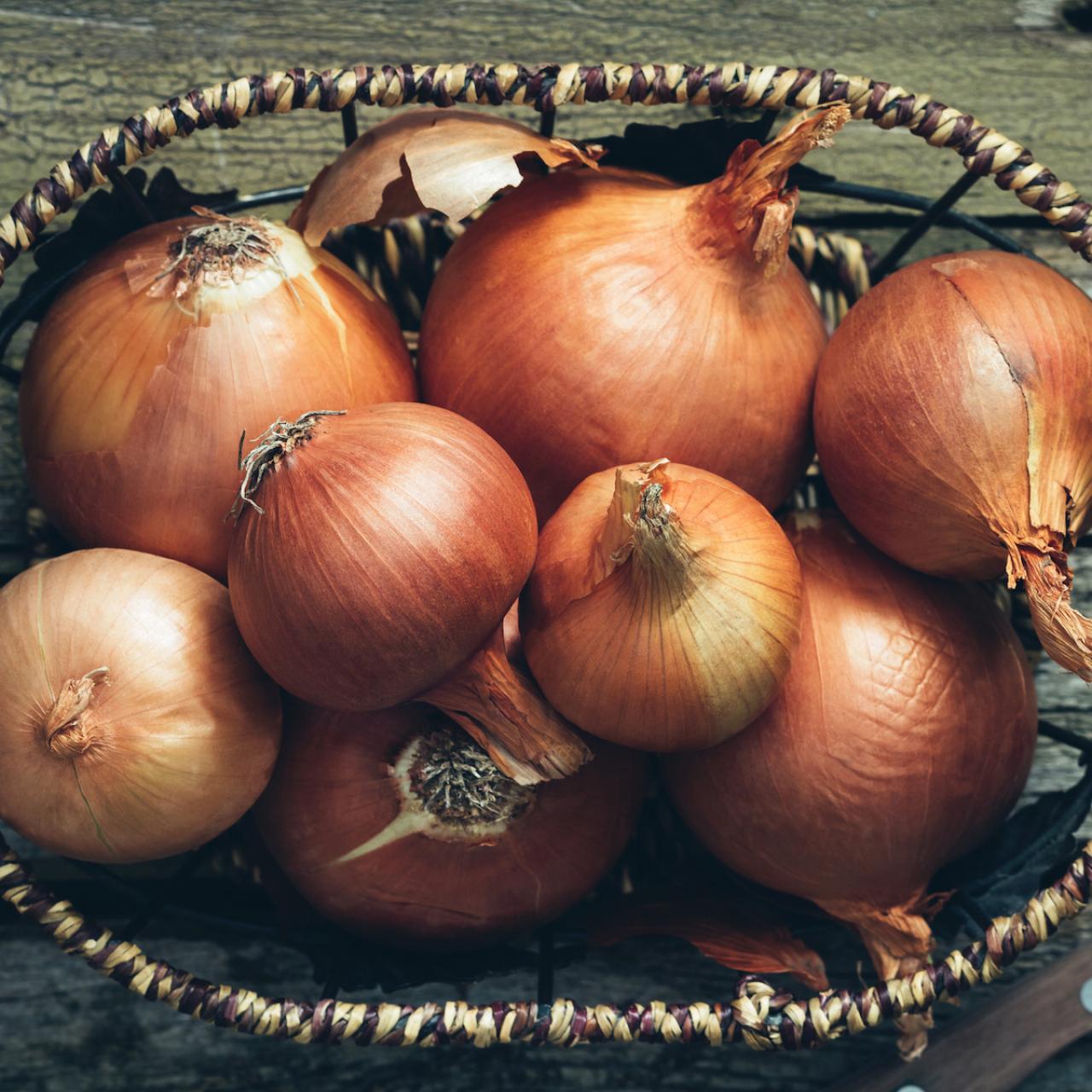

Articles
How To Store An Onion
Modified: February 23, 2024
Learn how to properly store an onion with these helpful articles. Discover the best methods to keep your onions fresh for longer and avoid waste.
(Many of the links in this article redirect to a specific reviewed product. Your purchase of these products through affiliate links helps to generate commission for Storables.com, at no extra cost. Learn more)
Introduction
Welcome to our guide on how to store an onion! Whether you use onions as a staple ingredient in your cooking or like to have them on hand as a versatile ingredient, proper storage is essential to maintain their freshness and flavor for an extended period of time.
Onions are a common ingredient in various cuisines and are known for their distinct aroma and flavor. They come in different varieties, such as red, yellow, and white, each with its own taste profile and culinary applications.
When stored correctly, onions can last for several weeks to several months, depending on the type. The key to preserving their quality lies in providing the right conditions, including temperature, humidity, and airflow.
In this article, we will walk you through the step-by-step process of storing an onion properly. From choosing the right onion to selecting the storage container, we will cover everything you need to know to keep your onions fresh and flavorful for as long as possible.
So, let’s dive right in and learn how to store an onion!
Key Takeaways:
- Choose the right onions for storage by selecting firm, intact, and medium to large-sized varieties. Properly prepare and cure them to maximize shelf life and flavor.
- Store onions in a well-ventilated, dark, and cool location, avoiding the fridge and keeping them separate from potatoes. Regularly monitor and maintain their freshness for long-lasting, delicious results.
Read more: How To Store Caramelized Onions
Step 1: Choosing the Right Onion
The first step in ensuring the longevity of your stored onions is selecting the right ones in the first place. Here are a few factors to consider when choosing an onion for storage:
- Variety: Different onion varieties have different storage capabilities. For long-term storage, choose common varieties like yellow onions, sweet onions, or red onions. These varieties typically have thicker skins and can withstand storage for longer periods.
- Firmness: Look for onions that are firm and have no soft spots or signs of rotting. A firm onion indicates that it is fresh and less likely to spoil quickly.
- Skin Condition: The skin of the onion should be dry and intact, without any cuts or tears. Avoid onions with damaged or blemished skins as they are more prone to spoilage.
- Size: Select onions of medium to large size for storage purposes. Smaller onions tend to dry out faster, while larger onions have a better chance of retaining their moisture and freshness.
Once you have chosen the right onions, it’s time to move on to the next step: preparing them for storage.
Step 2: Preparing the Onion for Storage
Before you store your onions, it’s important to properly prepare them to maximize their shelf life. Follow these steps to ensure your onions stay fresh and flavorful:
- Trim the Tops: Start by cutting off the green stems of the onions, also known as the tops, leaving about an inch of the stem attached to the bulb. Trimming the tops helps prevent moisture loss and reduces the risk of mold or bacterial growth.
- Cure the Onions: Curing is a process that involves drying the outer skin of the onions to toughen it and extend their shelf life. Lay the trimmed onions in a single layer in a well-ventilated area with low humidity. Ideally, this location should have good airflow and be away from direct sunlight. Allow the onions to cure for about two to three weeks until the outer skins become papery and dry to the touch.
- Inspect for Damaged Bulbs: Before storing the onions, carefully examine each bulb to ensure there are no signs of damage or disease. Any onions with soft spots, bruises, or signs of rot should be used immediately or discarded to prevent spoilage from spreading to other onions.
- Separate Based on Condition: Sort the cured onions based on their condition. Divide them into groups of onions with intact skins and those with minor imperfections. Use the onions with intact skins first as they will have a longer shelf life. Reserve the onions with minor imperfections for early use.
Once you have prepared the onions, it’s time to move on to selecting the right storage container.
Step 3: Selecting the Storage Container
Choosing the right storage container for your onions is crucial in maintaining their freshness and preventing spoilage. Consider the following factors when selecting a container:
- Airflow: Opt for a container that allows for proper airflow to prevent the buildup of moisture and reduce the risk of mold or rot. Avoid airtight containers as they can trap moisture and lead to premature spoilage.
- Darkness: Onions are sensitive to light and can sprout if exposed to it for extended periods. Choose a container that is opaque or significantly blocks out light to keep your onions in a dark environment.
- Size: Select a container that can accommodate your onions comfortably without overcrowding them. Overcrowding can lead to increased moisture and the potential for onions to rub against each other, causing bruising and deterioration.
- Durability: Make sure your chosen container is sturdy enough to protect the onions and prevent damage during storage. Plastic bins, mesh bags, or wicker baskets are popular choices for onion storage.
Once you have found the perfect storage container, it’s time to move on to the next step: storing the onions.
Store onions in a cool, dry, well-ventilated place, such as a pantry or cellar. Avoid storing them in plastic bags or with potatoes, as this can cause them to spoil faster.
Step 4: Storing the Onion
Now that you have prepared your onions and selected the appropriate storage container, it’s time to store them properly. Follow these guidelines to ensure optimal storage:
- Layering: Place a layer of onions in the storage container, making sure they are not touching each other. This helps to promote airflow and prevents moisture buildup.
- Separation: If you have different types of onions or onions with different storage life, separate them into different containers or sections within a larger container. This prevents faster spoiling onions from affecting the longer-lasting ones.
- Cool and Dry Location: Find a cool, dry, and well-ventilated area for storing your onions. The ideal temperature range for onion storage is around 40 to 50 degrees Fahrenheit (4 to 10 degrees Celsius). Avoid storing onions near heat sources or in areas with high humidity.
- Avoid the Fridge: While the refrigerator might seem like an obvious place to store onions, the cold and moisture can actually cause them to become soft and moldy. It’s best to keep onions in a cool pantry or cellar instead.
- Avoid Storing with Potatoes: Potatoes give off moisture and ethylene gas, which can cause onions to spoil. Keep your onions separate from potatoes to prevent premature spoilage.
- Regular Inspection: Check your stored onions regularly for any signs of spoilage. Remove any onions that show signs of rotting or sprouting to prevent further contamination.
By following these storage tips, you can ensure that your onions remain fresh and delicious for an extended period of time.
Read more: How To Store Chopped Onion
Step 5: Monitoring and Maintaining the Onion’s Freshness
After storing your onions, it’s important to vigilantly monitor and maintain their freshness to ensure they stay in optimal condition. Here are some tips to help you in this process:
- Check for Spoilage: Regularly inspect your stored onions for any signs of spoilage, such as mold, soft spots, or sprouting. Remove any affected onions immediately to prevent the spread of spoilage to other onions.
- Air Circulation: Ensure that there is proper airflow around the stored onions. Periodically check the ventilation in the storage area to ensure that the onions are not being exposed to stagnant or humid air.
- Temperature Control: Maintain a consistent temperature in the storage area. Fluctuating temperatures can cause onions to spoil quickly. Avoid storing them in areas that are prone to temperature changes, such as near doors or windows.
- Rotate the Onions: To prevent onions from sitting in one spot for too long, gently rotate the onions or rearrange them within the storage container. This helps to ensure even airflow and prolong their shelf life.
- Use Older Onions First: If you have multiple batches of onions with varying levels of freshness, make it a practice to use the older onions first. This way, you can avoid food waste and ensure that your onions are always as fresh as possible.
- Re-cure if Necessary: If you notice that the skins of your stored onions are becoming soft or moisture is starting to accumulate, consider re-curing them. Lay them out in a cool, dry area once again to allow the skins to dry out and restore their freshness.
- Keep Away from Strong Odors: Onions can absorb strong odors from nearby foods, which can affect their flavor. Store onions away from pungent foods like garlic or certain fruits to preserve their natural taste.
By diligently monitoring and maintaining the condition of your stored onions, you can enjoy fresh and flavorful onions for an extended period of time.
Conclusion
Properly storing onions is essential to maintain their freshness, flavor, and quality for an extended period. By following the steps outlined in this guide, you can ensure that your onions remain in optimal condition and ready to elevate your culinary creations. Remember to choose the right onions, prepare them correctly, select suitable storage containers, and monitor their freshness regularly.
From selecting the right onion variety to trimming and curing them before storage, each step is crucial in prolonging the shelf life of your onions. By providing the ideal storage conditions – cool, dry, and well-ventilated – you can help prevent spoilage and maintain the quality of your onions. Remember to inspect and remove any spoiled onions to prevent further contamination.
By following these simple steps, you can enjoy the convenience and versatility of having fresh onions readily available in your kitchen. Say goodbye to wilted, sprouted, or moldy onions and say hello to delicious and long-lasting ingredients for all your favorite recipes.
So, whether you’re using onions as a flavor base, adding them to salads, or incorporating them into your favorite dishes, implementing proper storage techniques will ensure you always have onions at their peak freshness. Embrace these tips and enjoy the benefits of a well-stocked onion supply.
Happy cooking!
Frequently Asked Questions about How To Store An Onion
Was this page helpful?
At Storables.com, we guarantee accurate and reliable information. Our content, validated by Expert Board Contributors, is crafted following stringent Editorial Policies. We're committed to providing you with well-researched, expert-backed insights for all your informational needs.
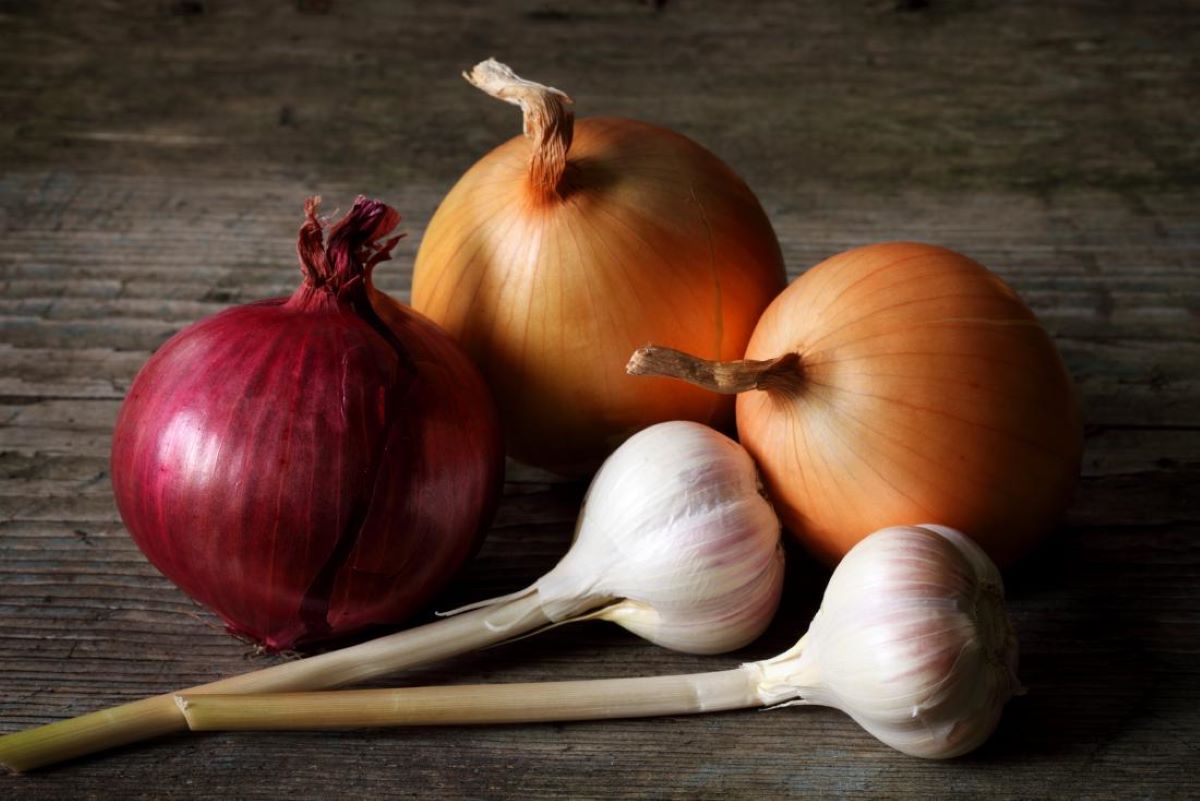
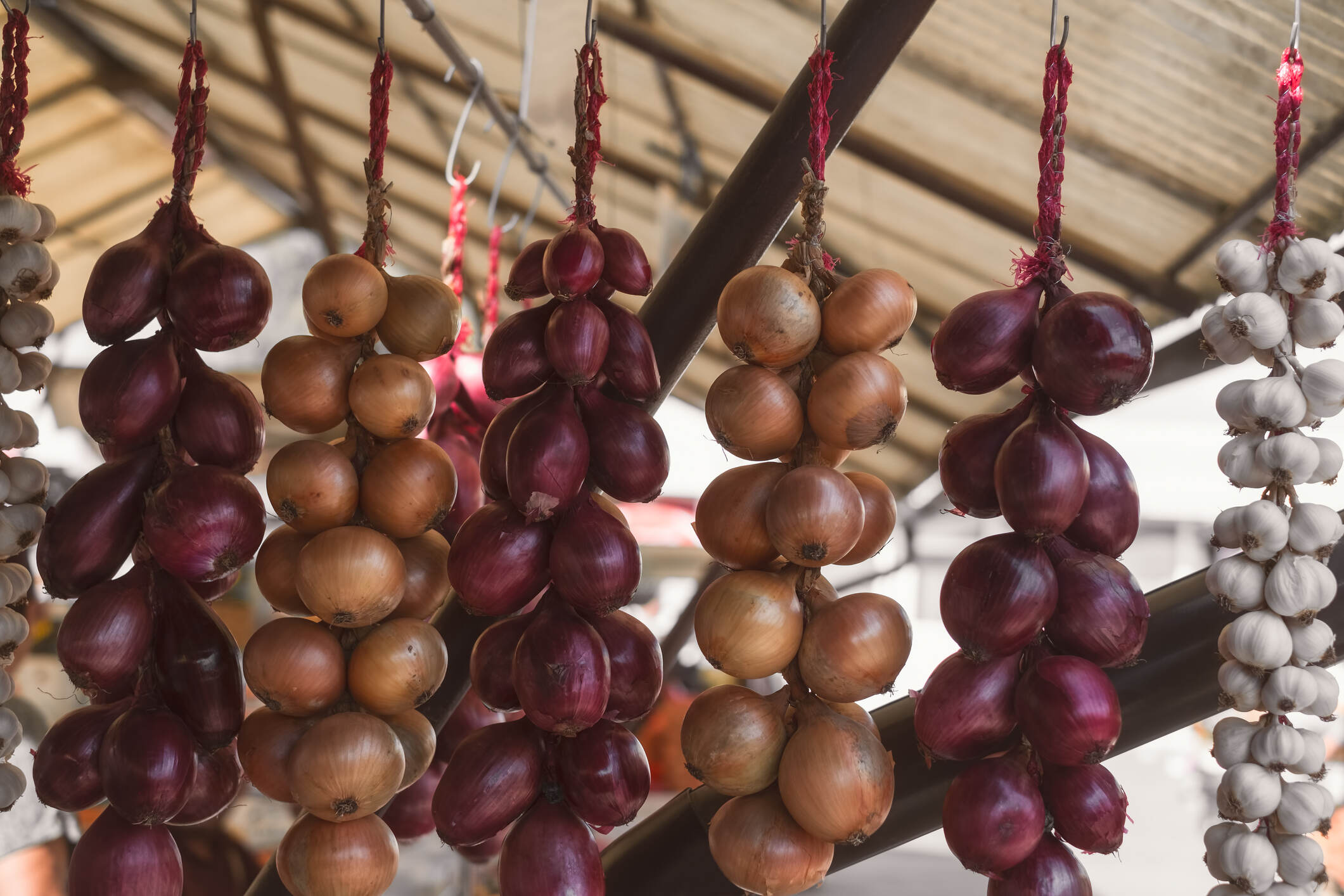
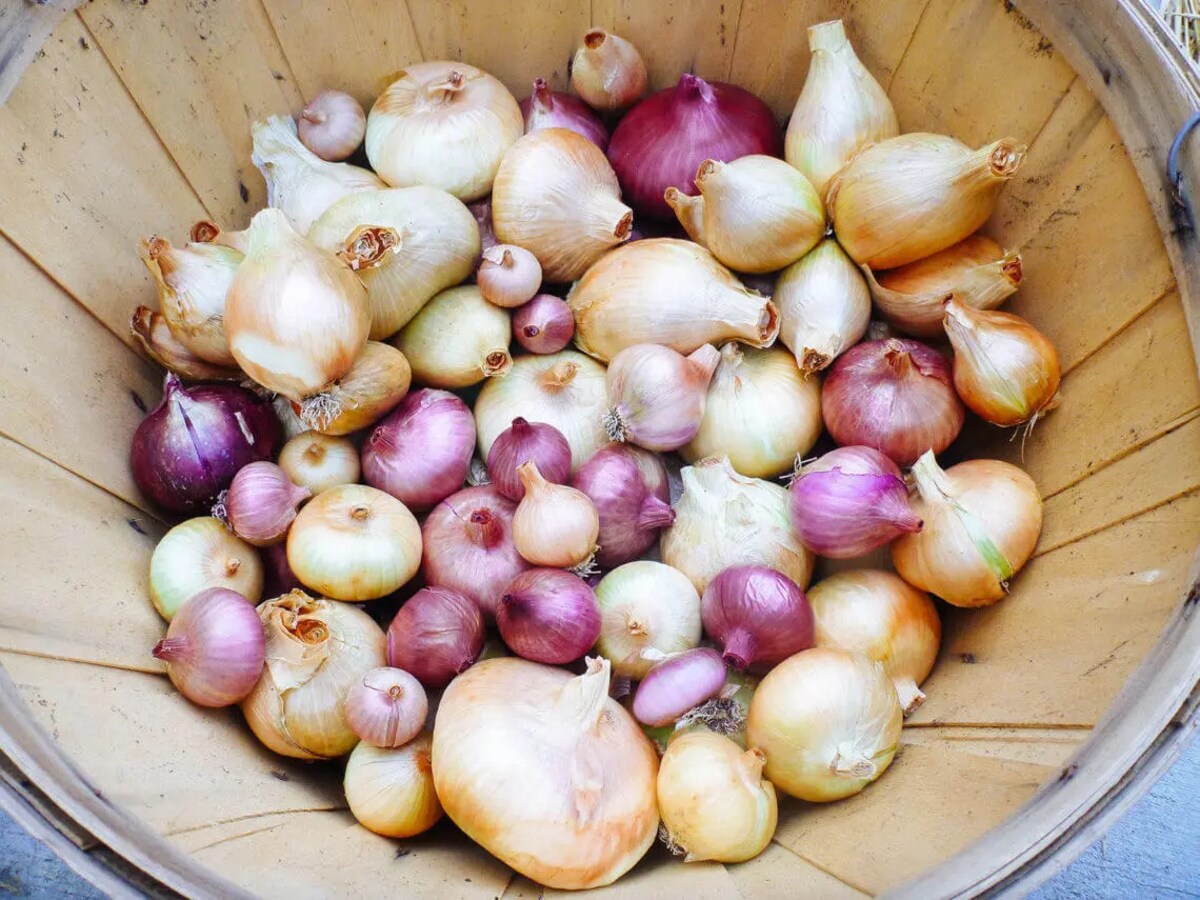
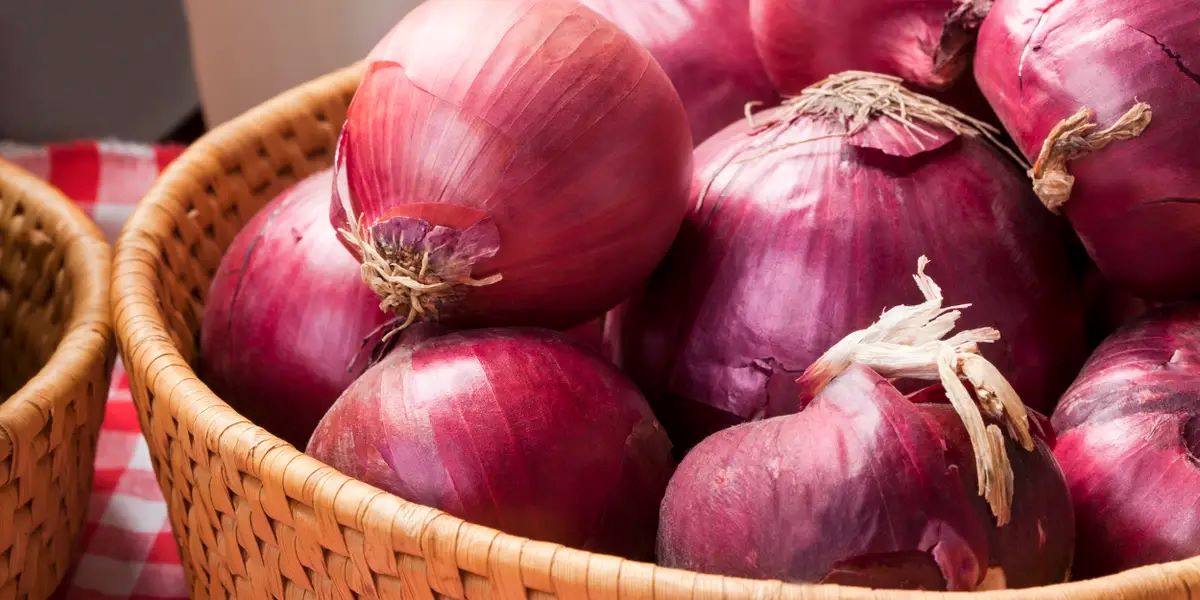
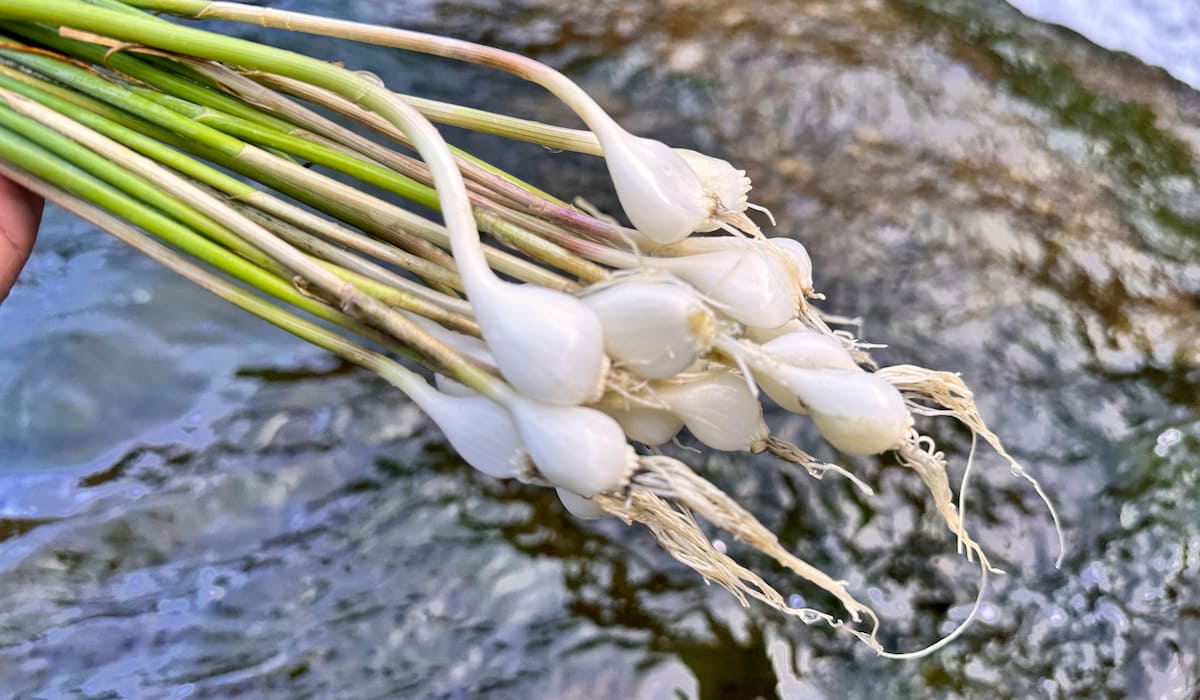
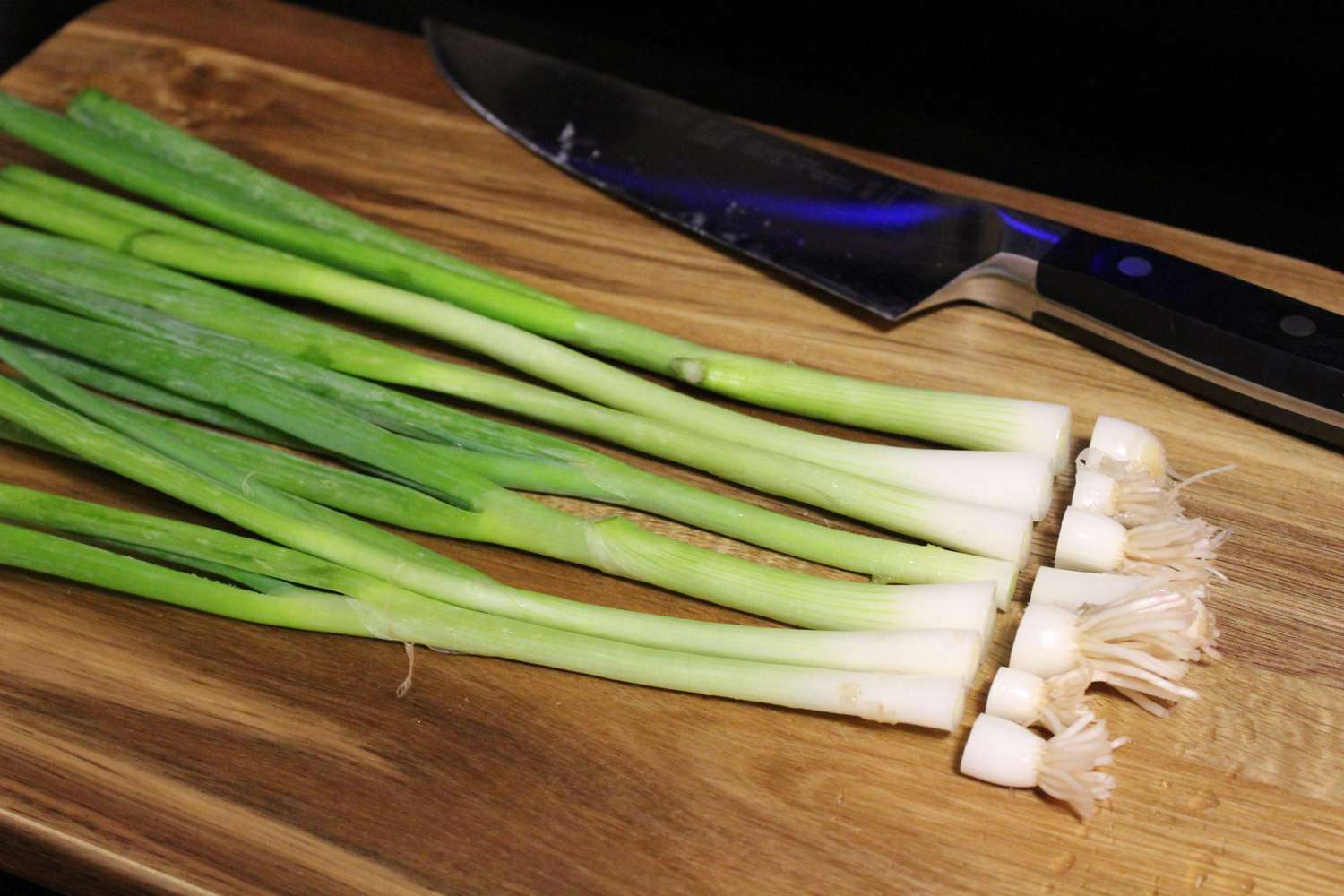
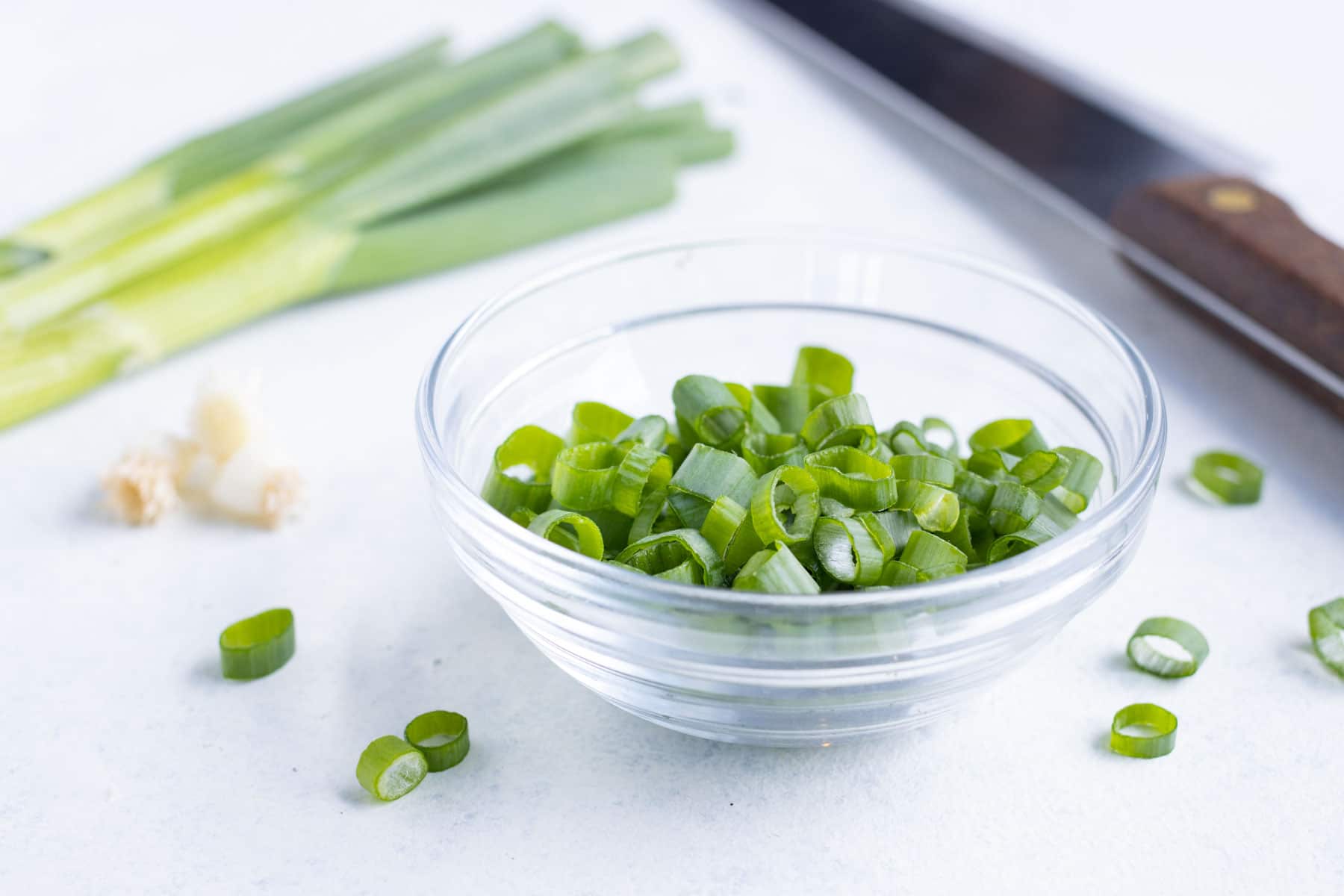
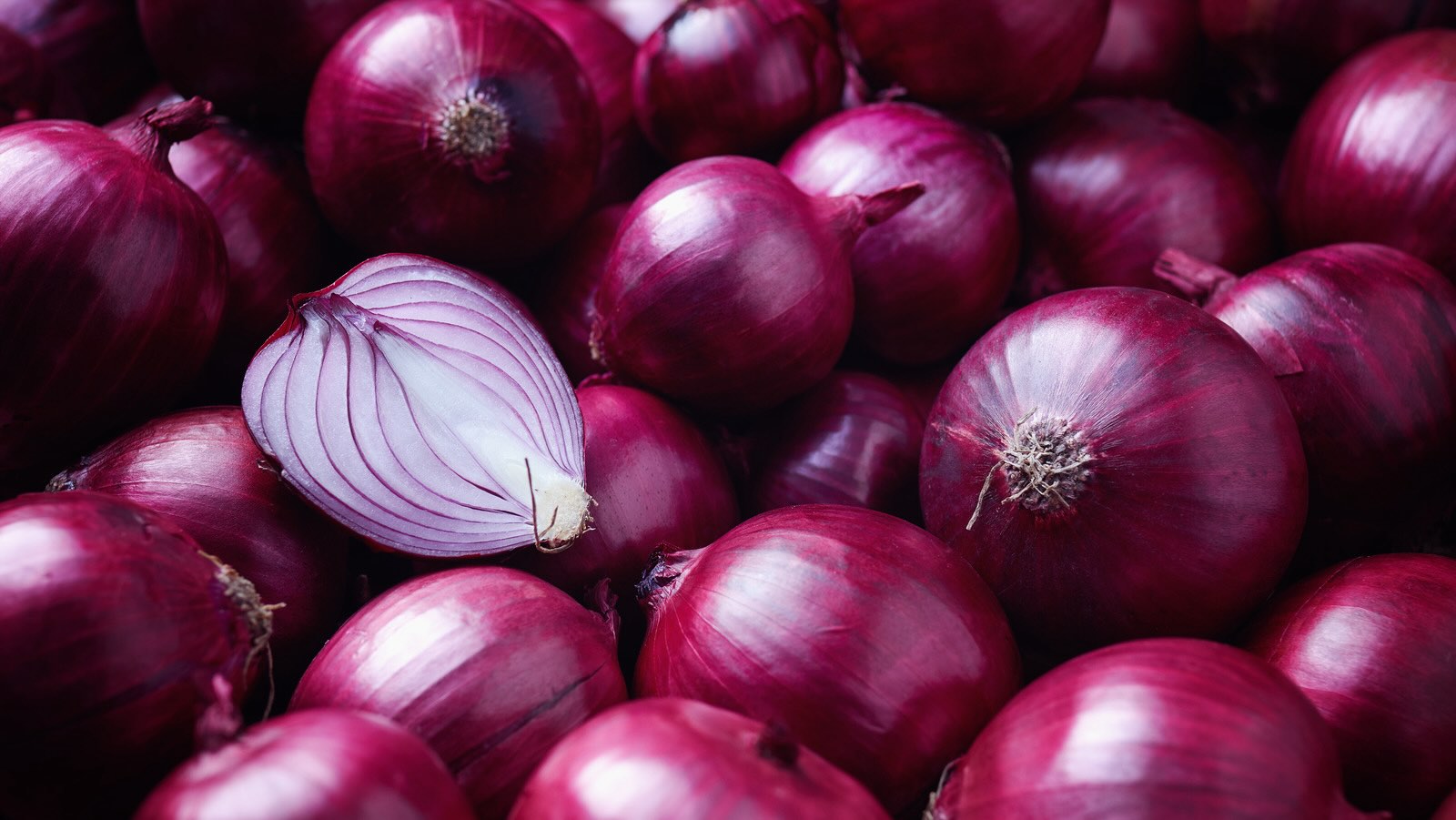
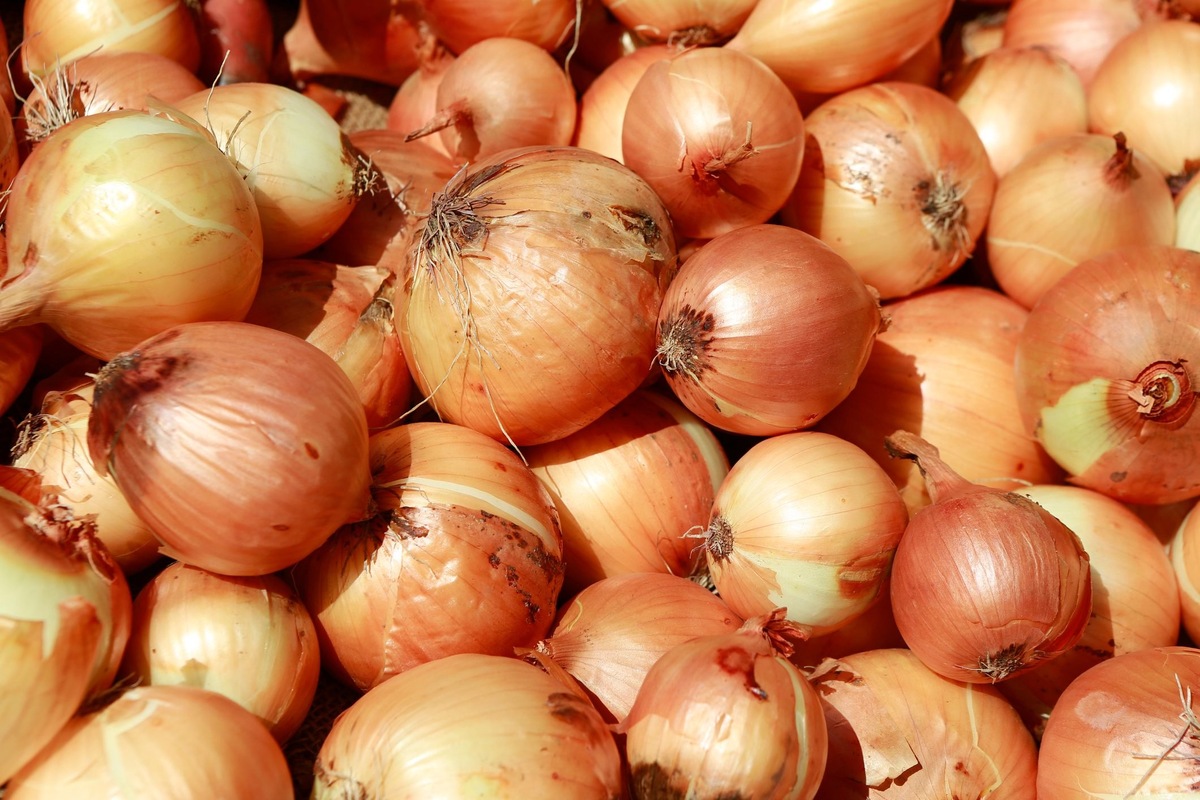
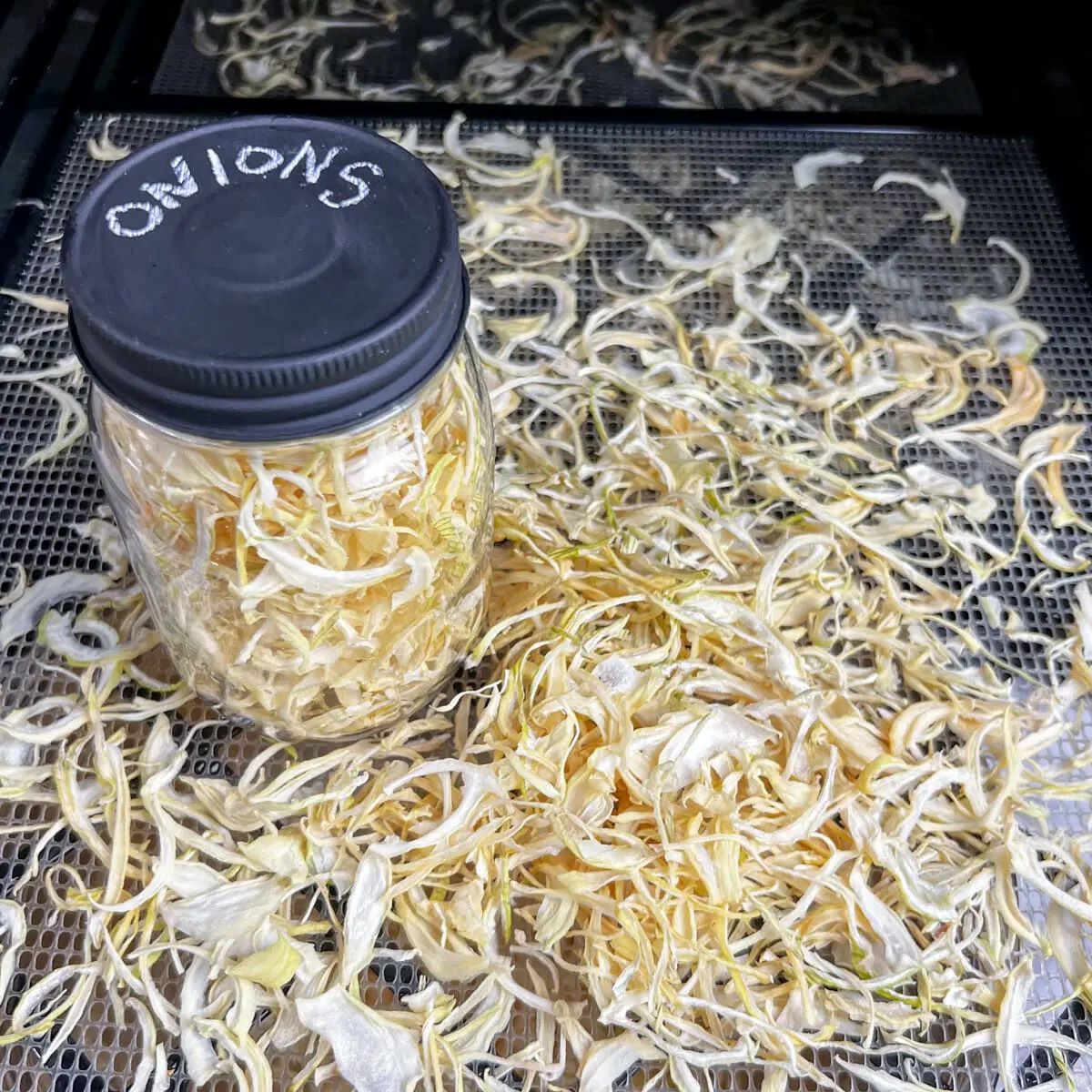
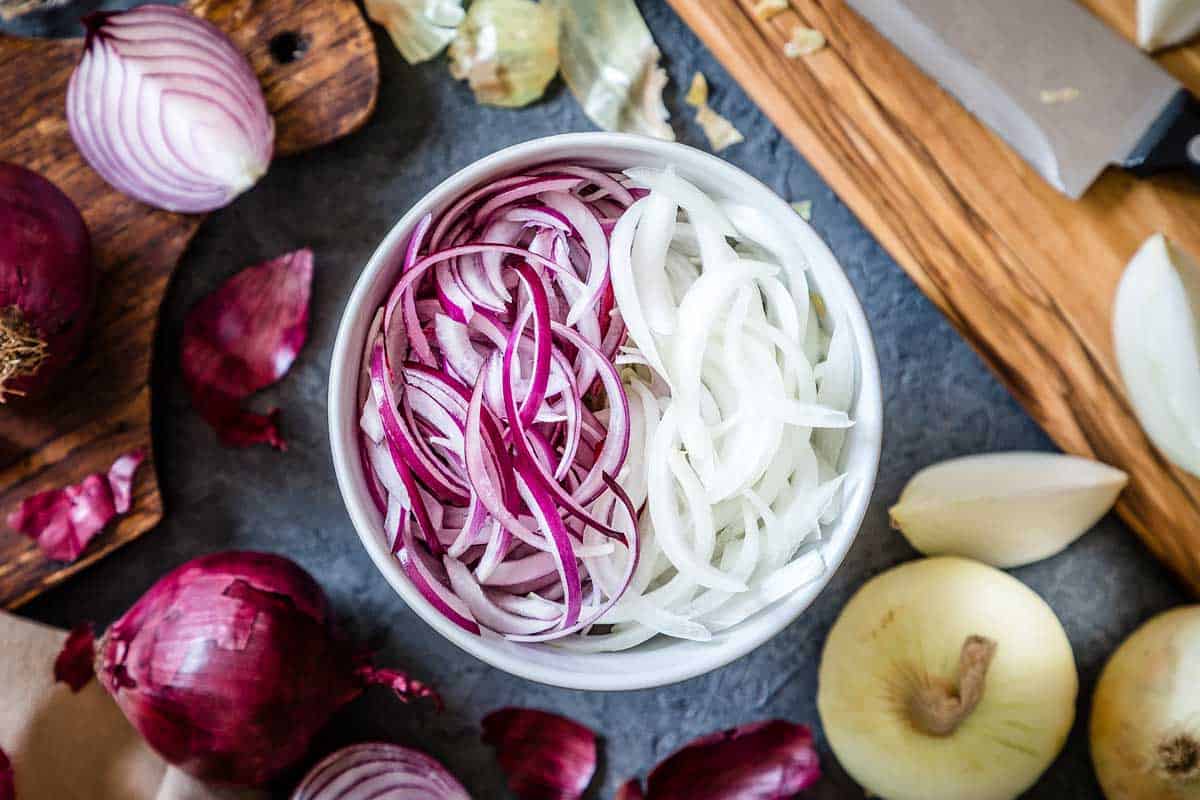
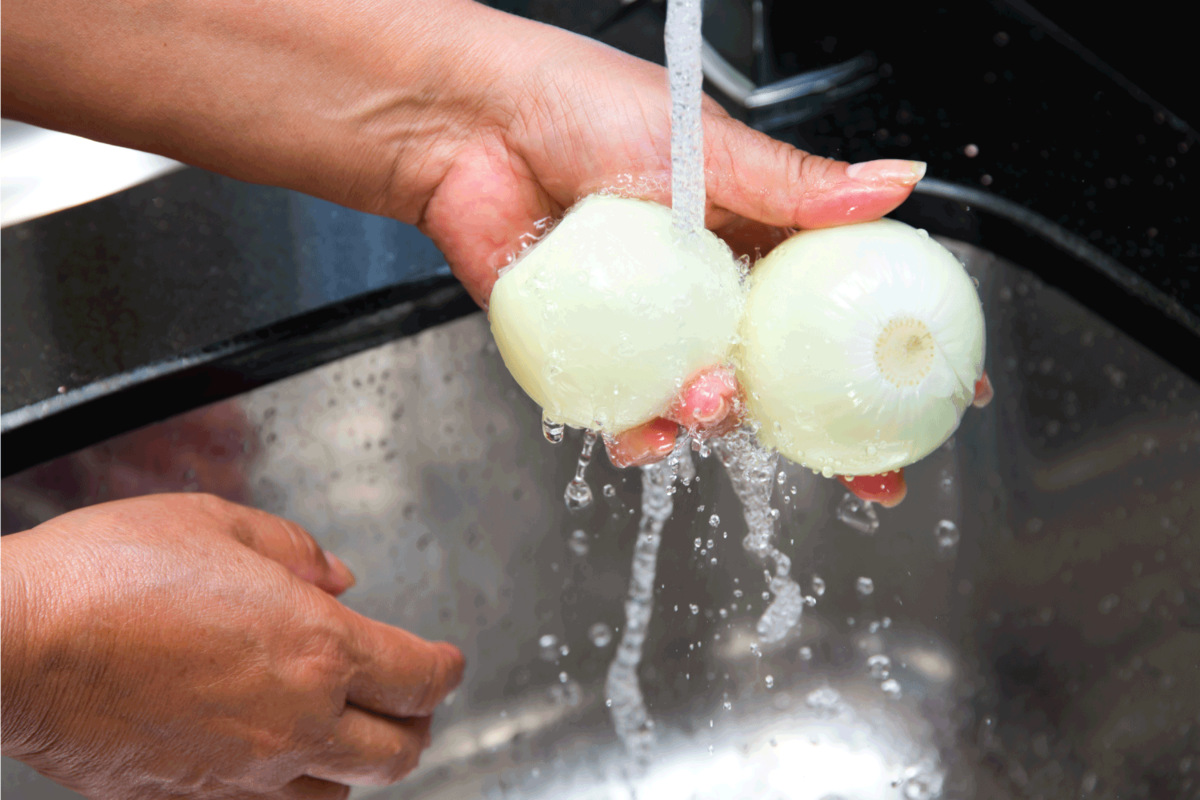
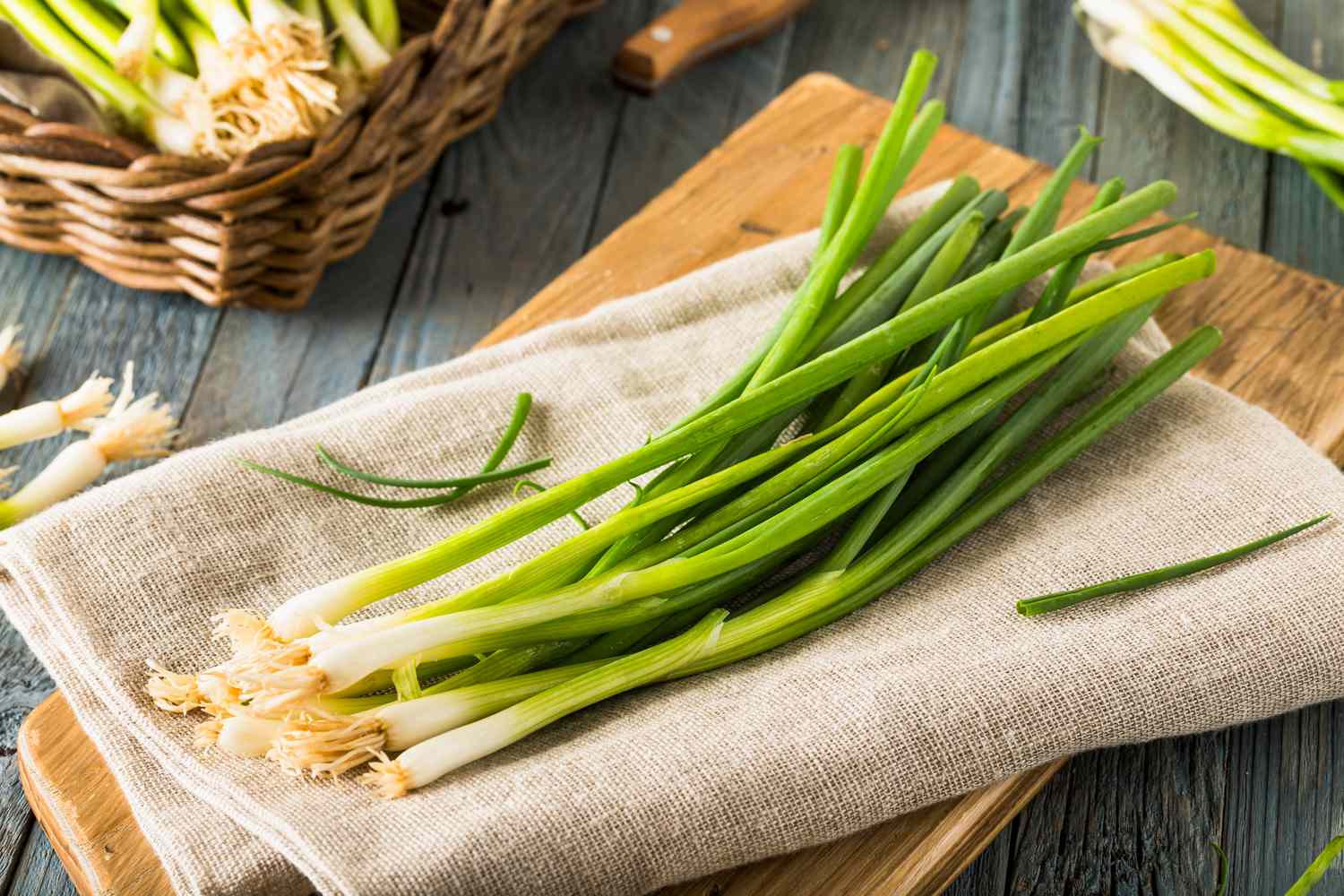
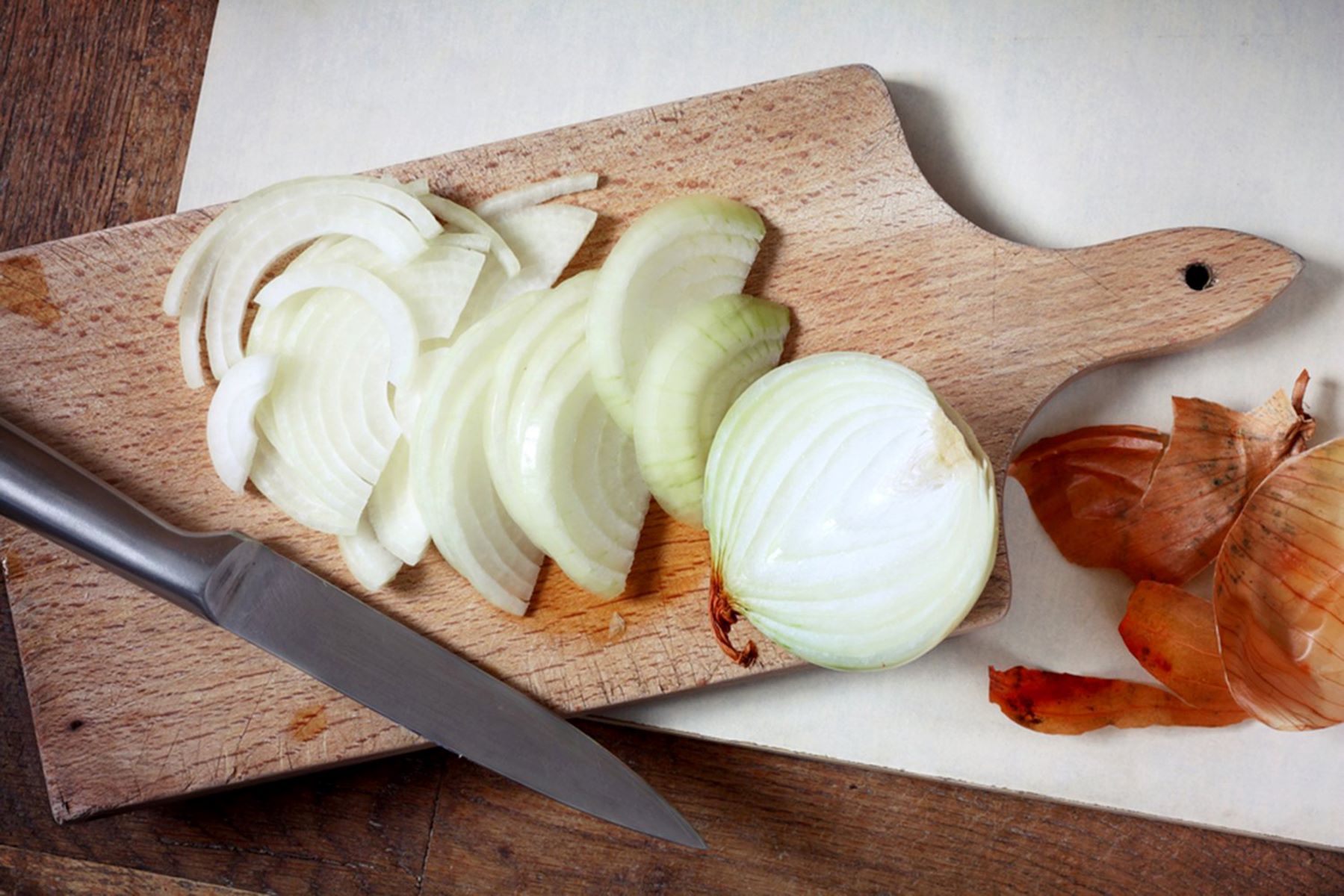

0 thoughts on “How To Store An Onion”